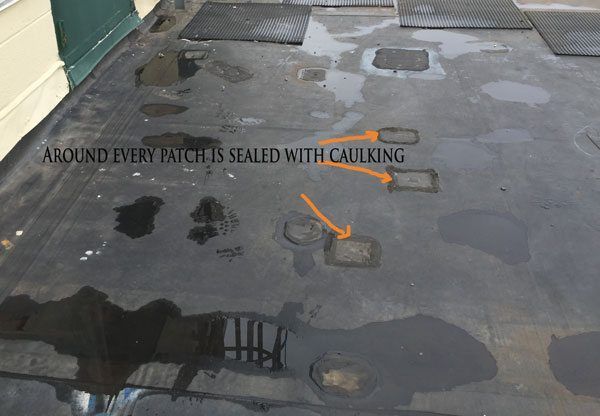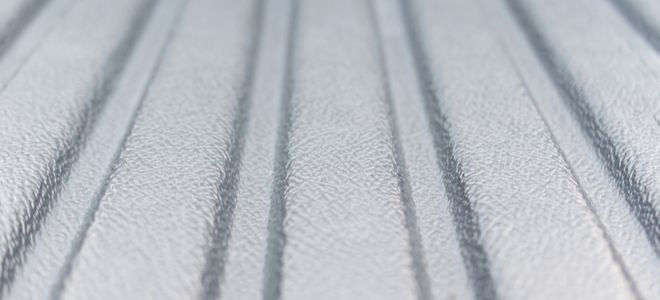If left untreated a blister can grow larger and allow more moisture to get in so that the problem gets worse until more extensive repairs and possible replacement is necessary unless it pops.
Rubber roof has bubbles.
These bubbles of trapped air moisture can be caused by a variety of issues which are all avoidable if the roof design is correct and the membrane is correctly installed.
Whilst bubbles or blisters on a one piece epdm roof can be unsightly they will not cause the rubber membrane to fail.
This can occur for two main reasons.
Roof bubbling is just what it sounds like spots where the rubber has lifted off the surface of the roof and formed a bubble or blister.
In some cases a contributing factor can be high pressure in the roof system.
Most epdm and tpo roofs will have some bubbles wrinkles at least every rig i have had did and so do most of my friends rigs.
Usually bubbles are not associated with leaks.
When the rubber membrane is bonded too quickly and prior to the adhesive drying bubbles will appear under the membrane caused by the trapped vapour from the adhesive.
One problem you might come across is bubbles or blistering in your epdm roof.
If this is the problem the solution is to install pressure relief vents.
The rv manufacturer simply didn t apply the adhesive evenly or left some dirt on the roof that the adhesive couldn t stick to.
Bubbles in the rubber roof.
The most common cause of bubbles is the application of rubber to the deck or insulation board too soon before the adhesive is dry enough.
In the most severe cases the membrane may need to be peeled back and re bonded.
A roof blister is a raised area where there is a loss of adhesion of the roof.
Vapour from bonding adhesive bonding adhesives are used to attach epdm membranes to upstands and around the roof perimeter.
In time the bubbles will decrease as the membrane is partly breathable.




























